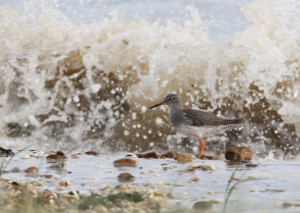
The Roman philosopher Pliny claimed that a full moon caused moisture to form in the brain leading to madness and there may be something in this as I made the uncharacteristic decision to wake up at an unholy hour and embark on a day of dawn to dusk birding on the Isle of Sheppey on the advent of a full moon. An incoming tide always provides some good opportunities to take photographs of wading birds as they are gradually pushed closer and closer to the high tide line so I decided to start my day on the beach at Leysdown Coastal Park where I hoped to video and photograph Ruddy Turnstones. These stocky shorebirds are always numerous in this area at this time of the year and their characterful nature makes them an interesting subject. The roaring wind meant that I needed to get down to beach level to be able to steady my camera and doing my best commando crawl I got really close to a small group of Turnstones.
The winter plumage of Ruddy Turnstones helps them blend in with coastal rocks, seaweed patches and debris washed up at high tide and it’s only by getting close up that the birds can be appreciated in detail. I spent around an hour watching these Turnstones foraging for food among the various pieces of twigs, seaweed and, sadly, garbage discarded by careless people.
Having spent a lot of time crawling around on my stomach I was somewhat scratched up and covered in pieces of shell and sand so went back to my car to dust off, a position from which I got my closest encounter with two Turnstones that had taken up a high tide roost position next to the car. From this photo you can see that this Turnstone had also got itself covered in sand particles after its activities on the beach.
As the tide came in and covered the mud many Eurasian Oystercatchers flew of towards their roost site along with large numbers of gulls heading inland and onto the sea, leaving the beach to me and the Turnstones. In fact there were some other beach-goers at this early time, a few dog-walkers, but more interestingly several Pied Wagtails, a handful of Meadow Pipits and this nice Northern Wheatear.
Shellness is one of my favourite spots in Kent, which is reflected by the number of times I have written about it on this blog. The remoteness and loneliness of it is what I like and there are always birds to be seen there at both low tide and high tide. With fairly strong winds and the time of the year there was also the possibility of some scarcer seabirds being blown in as well but I went there to try and get some more video footage of wading birds as they came into the high tide roost on the shell and shingle spit.
Grey Plover (Black-bellied Plover for my American friends) is a bird I see only in small numbers at Shellness so it was nice to see this one as soon as I arrived on the beach, sitting on one of the wooden groynes. These birds are not particularly approachable so I just sat down where I was and took some photos and this one was soon to be joined by another, walking along the water’s edge in front of me.
I mentioned that there was a full moon and this meant a very high tide. Sitting and waiting for the incoming tide was always my plan but I did not expect it to be quite so high and for birds to be pushed off of the beach altogether. Before they flew to another spot I took the opportunity to get some nice shots with waves crashing behind the bird as with this Common Redshank below. This is an abundant bird in this area but I don’t often get the opportunity to get close enough for good photos so it was a nice sighting.
Sitting in this same spot allowed me to blend in with some of the vegetation above the tide line and enjoy a few more birds including this lone Brent Goose which has been in the area for some time and strangely has not joined the massive flock that arrived in the area recently. Looking a little further out I spotted a few distant Gannets feeding but a pair of Common Scoters came rather closer. Giving me a very good flypast view was a group of six Goosander flying into the Swale to join Eurasian Wigeon and Mallard feeding on the edge of the saltmarsh as it began to disappear under water.
The many times I have been to Shellness I have never witnessed the salt marsh area being inundated by the sea but on this occasion the tide was so high that eventually it was almost completely under water. Not wanting to be cut off I headed inland but not before taking a few shots and videoing a pair of Sandwich Terns.
One of the birds that usually arrives in this area around the end of October is Short-eared Owl and I was hoping that I would find one so it was great when this one gave me prolonged flight views and was mobbed by a variety of gulls as it struggled in buffeting winds. A male Hen Harrier was also a great bird to see, called out by one of the other birders present.
Large numbers of Eurasian Curlews always form a spectacular sight as they head from feeding on mudflats to their high tide roost within the salt marsh. However, with the super high tide engulfing the salt marsh they became very confused, repeatedly moving around until they were forced to head off to a nearby field to wait for low tide. This was a really spectacular thing to see.
Finally I went for a long walk along the flood defences, scanning the fields for more Short-eared Owls and harriers. Plenty of Marsh Harriers are always to be seen here but I didn’t relocate the Hen Harrier. What was amazing though, was to see gulls patrolling the flooded salt marsh and picking off voles that were fleeing the waters. These easy meals were being taken advantage of at a regular rate, with Common Gulls doing the bulk of the hunting with Black-headed Gulls, Herring Gulls and Lesser Black-backed Gulls harassing them, trying to get them to drop their prey. This is something I have never seen before.
Back at the car park a small flock of Reed Buntings were loafing around, giving me a final photo opportunity.


 October 25th, 2021
October 25th, 2021  Nick
Nick 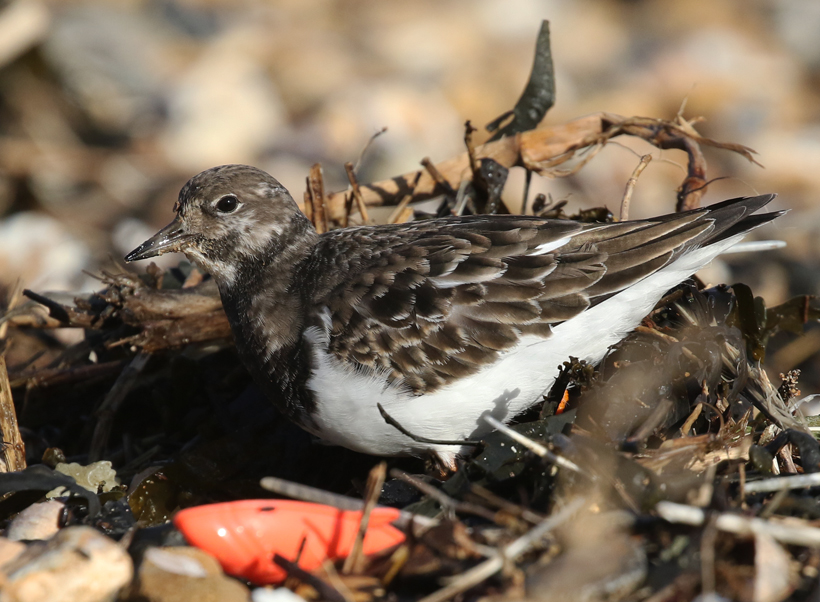
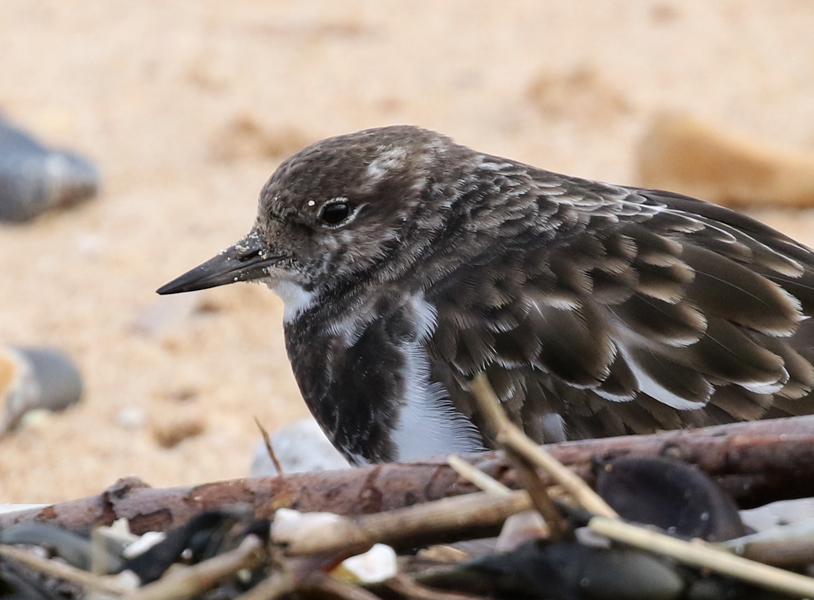
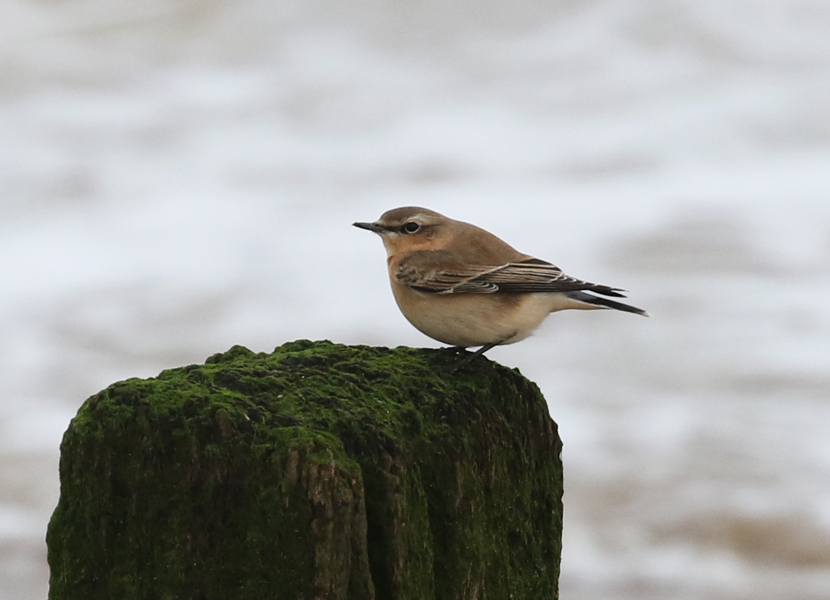

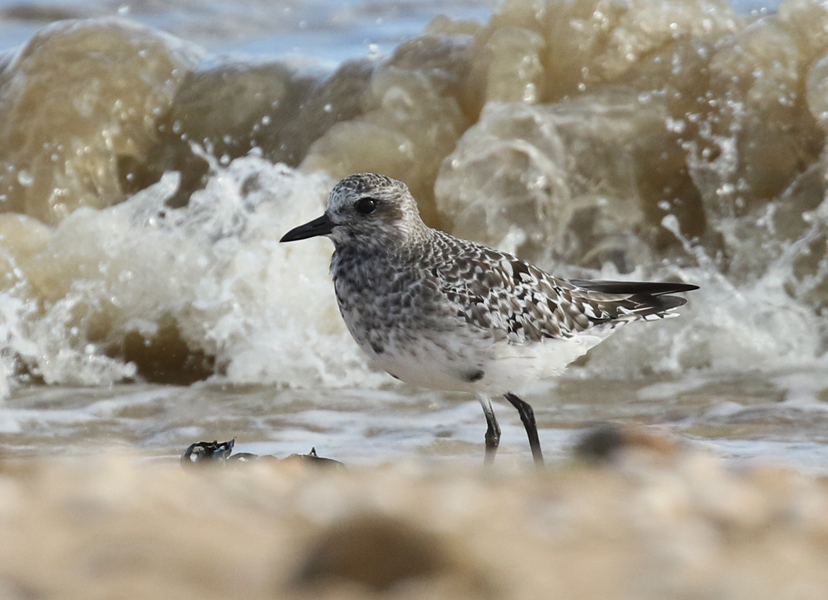

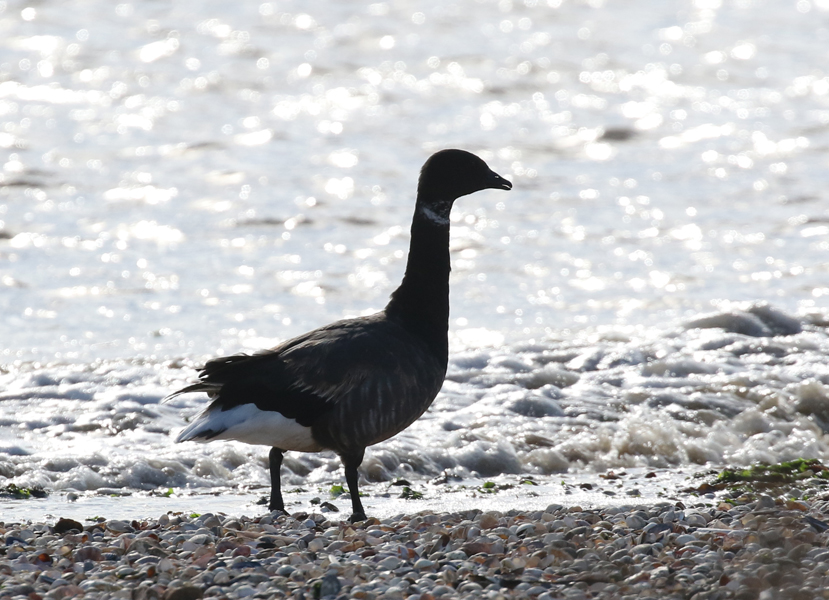
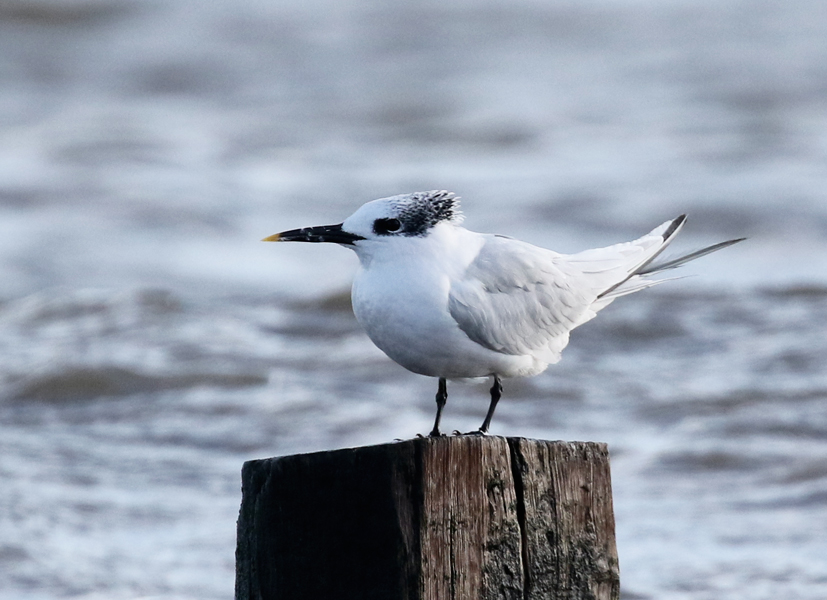

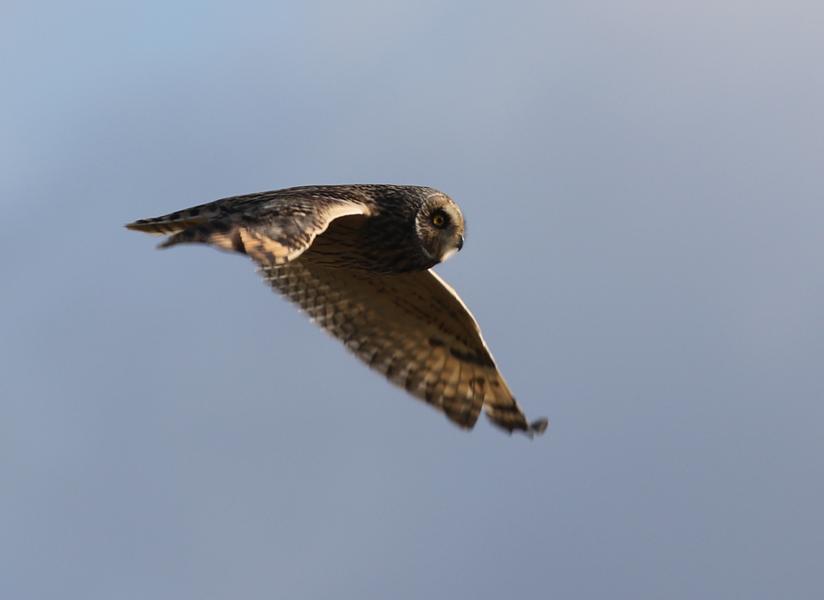
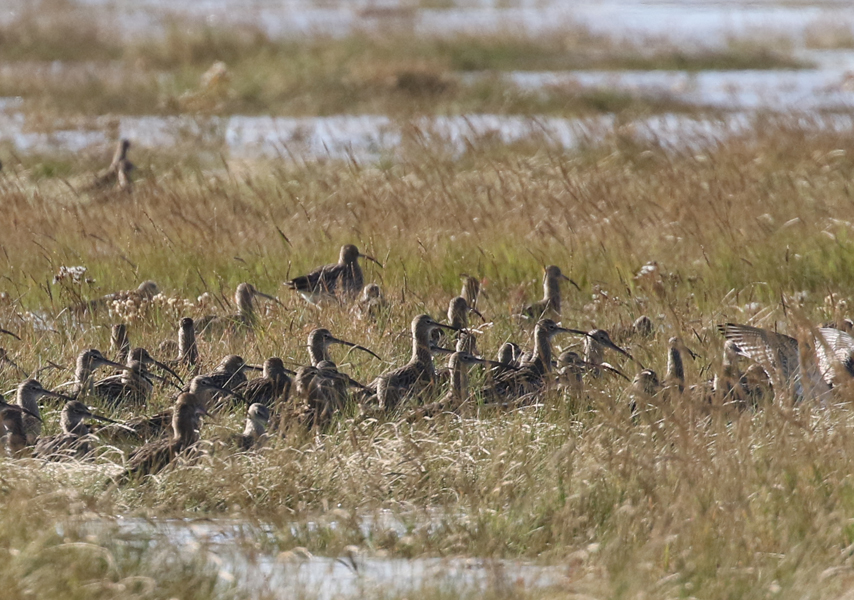

 Posted in
Posted in  Tags:
Tags: 










